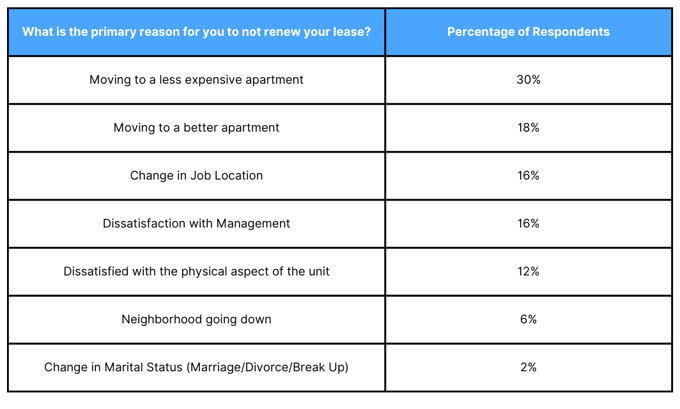New Year, new you? Or perhaps, new year, new excuses for why you absolutely had to stop going to the gym two weeks into the new year because you “couldn’t find time” in your busy professional schedule? No judgment here (we promise). Whether you embrace fireworks or resolutions, one universal truth binds us: the new year whispers promises of a fresh start. It's a blank canvas, inviting us to admire the vibrant strokes of last year's successes and sketch with courage the roadmap for conquering future challenges.
One of the larger challenges that seems to be looming over the industry is the supply of new units coming online this year. The burgeoning influx of new units in 2024, coupled with the already high turnover costs (around $4,000 in 2022), raises a significant profitability concern for the industry. Prioritizing the retention of existing residents emerges as a critical strategy to navigate this potential headwind. Definitely easier said than done.
To understand how to retain residents it is important to understand why residents choose to move. For example, job relocations—the kingpin of non-renewals in 2010 (a hefty 51%)—have thankfully taken a backseat thanks to the post COVID era and advances in technology where more and more people are opting to work from home. This changing landscape underscores the importance of staying attuned to evolving reasons for resident departures to implement impactful retention programs. So what are those reasons?
Without further ado, here are the reasons why residents chose not to renew their leases in 2023:

Good news! Job mobility, a 2010 behemoth, now sits at 16%. Even better, 46% of potential departures are in our hands! But as we raise our champagne flutes, remember affordability's rise to the top: finding a cheaper apartment is 2023's #1 non-renewal reason, soaring from 25% in 2022. Time to double down on retention strategies and tackle cost concerns!
So instead of treadmills and kale chips, let's resolve to cultivate thriving relationships and address the burning question of “competitive value”.
.svg)
